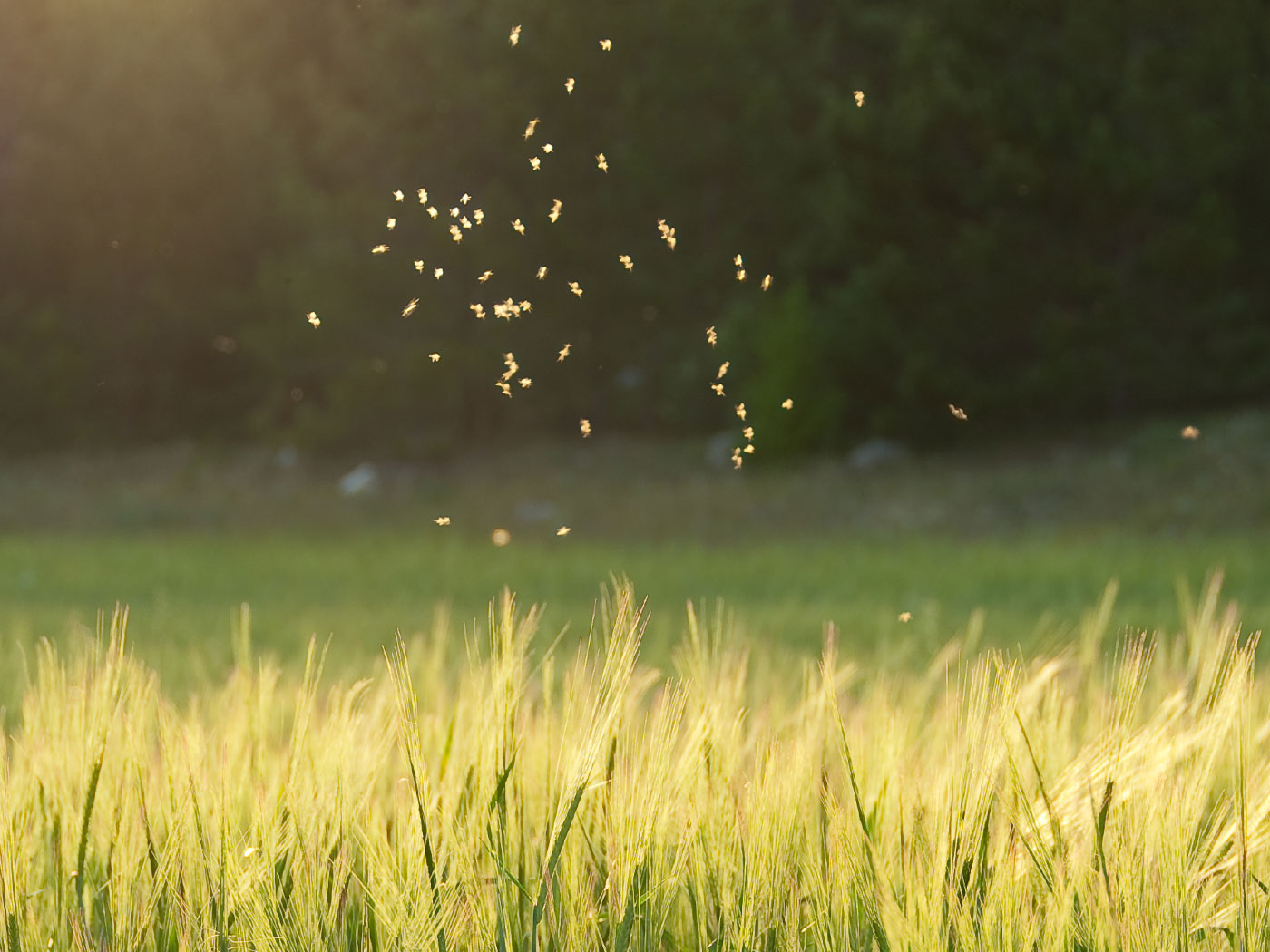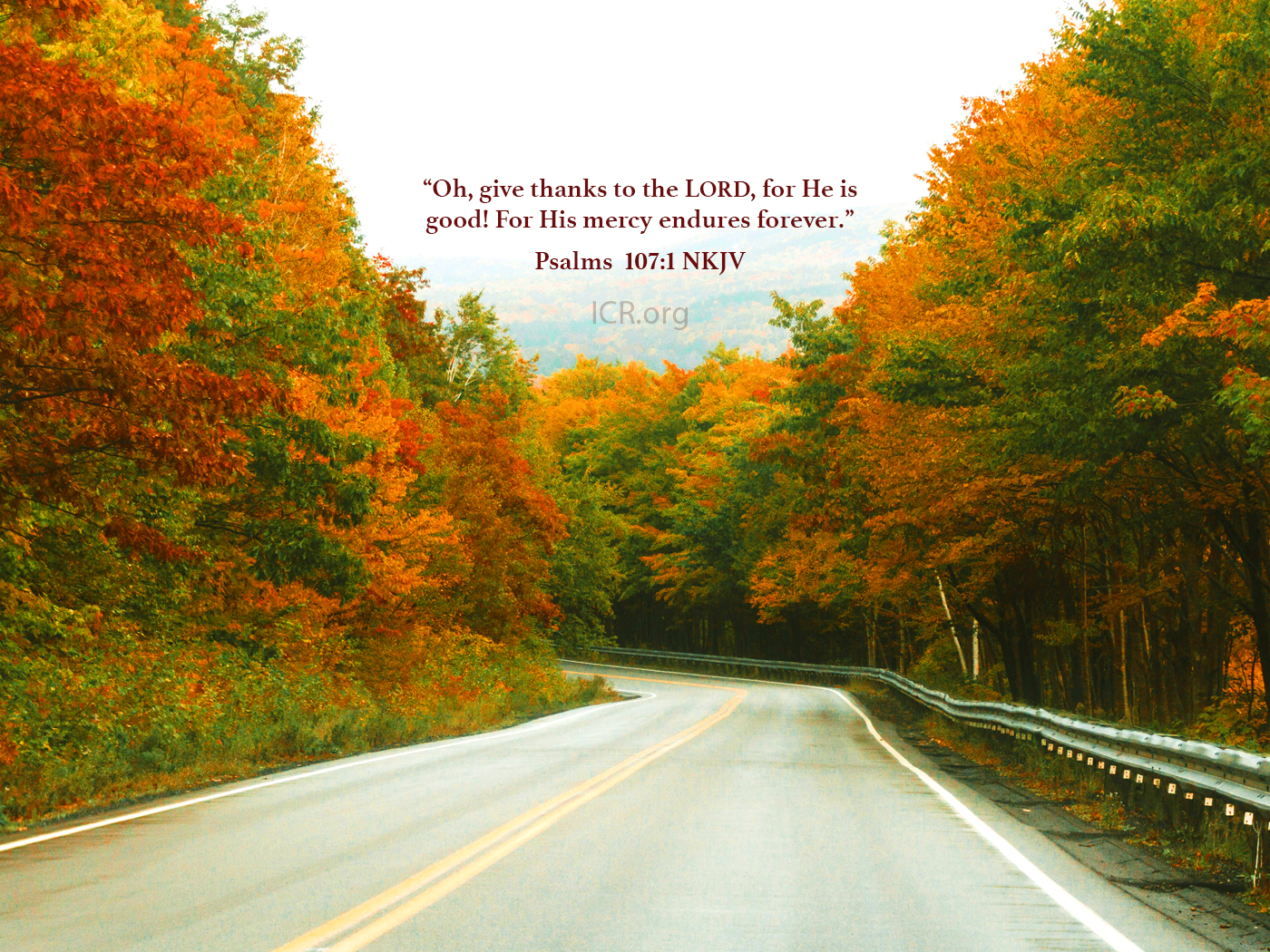"Astrobiology" is a curious science. Like its predecessor "exobiology" it is, as George Gaylord Simpson once quipped, "a science without a subject." We know about astrophysics and astrochemistry, but where is the biology in astronomy? So far, it's only in the imaginations of evolutionists, who think the recipe for life is as simple as "just add water."
Today, astrobiology is a dynamic, interdisciplinary field that is (as long as the NASA money flows) attracting a great deal of vibrant research into many interesting questions: What is life? What are the conditions for life? How can we detect it? But it is still a science without its prime subject. Nevertheless, there is motivational power in a suggestive name like astrobiology.
Another phrase motivates much of NASA's astrobiology quest: "follow the water." Since life as we know it depends on liquid water, it seems that watery environments are the best places to look. Doubters that water is essential for life usually do more armchair speculation than lab work. Most realists understand water's incomparable qualities.
"Follow the water" explains the excitement any time scientists find evidence for water at some planet or moon, such as last November's announcement that Saturn's moon Enceladus might have liquid under its erupting south pole. Due to its chemical properties, water can only exist under narrow conditions of temperature and pressure. For many years, scientists assumed this meant that only the surfaces of terrestrial planets within a star's habitable zone, where water could exist as a liquid, could host life. Inferences for watery environments under the ice of moons far outside the habitable zone opened up new vistas for imagination.
Another finding bolstering astrobiological hopes was the ubiquity of life in extreme environments. "Extremophiles" have been found around deep sea vents, under Antarctic ice and in boiling-hot springs. These discoveries, however, beg the question of how these hardy life forms originated.
The "follow the water" motto suffers from a logical flaw: water is necessary, but not sufficient for life. It is no more logical than assuming that if iron is found on a planet, skyscrapers can't be far behind. The key to life is the way its ingredients are organized, not just the materials used.
Though life is notoriously difficult to define, Benton Clark of the University of Colorado captured this essence in his definition of life in an article in Astrobiology Magazine: "life reproduces, and life uses energy. These functions follow a set of instructions embedded within the organism."
This suggests a different motto than "follow the water." If taken seriously, it might turn astrobiology in a completely different direction: one that takes seriously intelligence as a cause, and views design detection as the most fruitful approach. It might even lead a scientist to start with John 1:1-3 as a foundation for research. Instead of "follow the water," try "follow the instructions."
* David F. Coppedge works in the Cassini program at the Jet Propulsion Laboratory.














